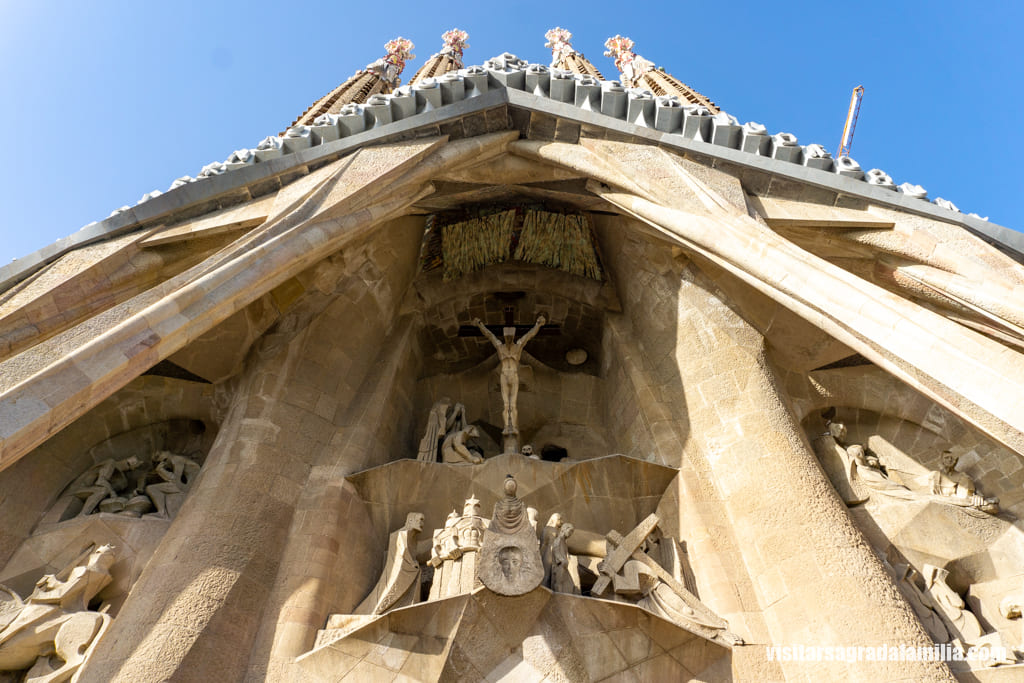Antoni Gaudí dreamed in 1883 of building a church he would never see completed: the Sagrada Familia in Barcelona. As you might imagine, over the course of more than 140 years, countless stories have emerged around the basilica—starting with the choice of architect itself: did you know Gaudí wasn’t the first? In this article, we’ll explore 10 fascinating facts about the Sagrada Familia you probably didn’t know.
Book your skip-the-line guided tour
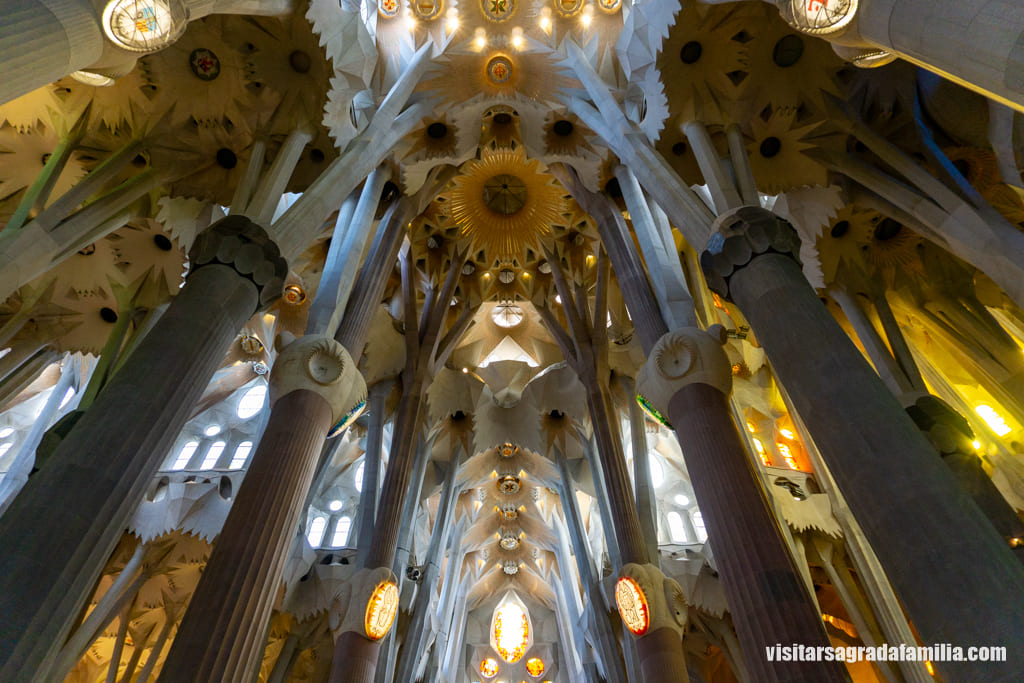
Table of Contents
- The tallest church in the world
- Lost blueprints
- No straight lines
- Stones from many countries
- The age of Christ
- Gaudí wasn’t the first architect
- Gaudí’s tomb
- A bookseller’s dream
- 2026 and its symbolism
- Time reflected on the facade
The Sagrada Familia will be the tallest church in the world
While the Sagrada Familia’s striking design is what grabs most visitors’ attention, there’s another detail that quickly stands out: its towering height.
Once completed, this modernist masterpiece will become the tallest church in the world, thanks to the magnificent Jesus Christ Tower, which will reach 172.5 meters high.
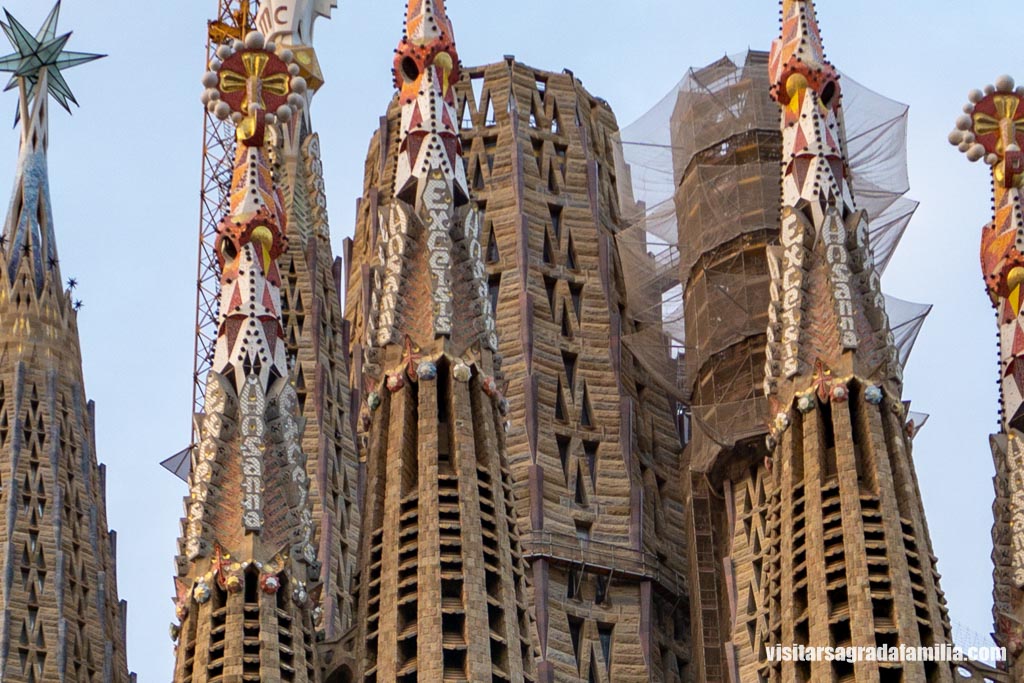
Gaudí’s design will surpass Germany’s Ulm Minster by 11 meters, which currently holds the record at 161 meters.
Buy official Sagrada Familia tickets
Gaudí planned it all… but much was lost
Knowing he wouldn’t live to see the construction completed, Gaudí worked tirelessly to leave the project fully planned.
By the time of his death, the architect had created countless sketches, blueprints, and instructions for every stage of the basilica’s development. Future architects relied heavily on his plans to shape each structural and decorative detail.

Unfortunately, much of this material was lost during the Spanish Civil War, meaning today’s basilica will never perfectly match the brilliant mind of Gaudí.
Not a single straight line
One of Gaudí’s most fascinating design rules: there’s not a single straight line inside the basilica.
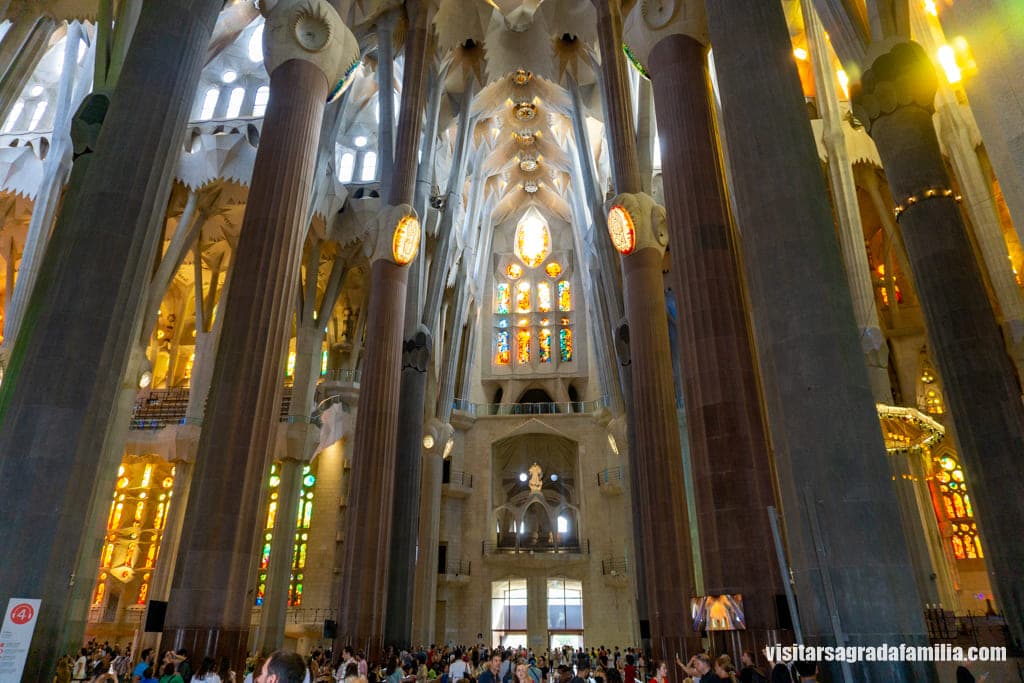
As seen in his other works, Gaudí took inspiration directly from nature. The Sagrada Familia is no exception: its columns and walls flow with curved, organic lines.
As the artist once said, “The straight line belongs to man, the curve belongs to God.” This is one of the most surprising facts for visitors—many simply can’t imagine such a masterpiece without straight, orderly lines.
The basilica features stones from all over the world
Selecting the materials for both the exterior and interior of the church was a meticulous process. Each stone was brought from quarries, tested for strength, and carefully evaluated for durability.
This attention to quality meant sourcing from countless quarries—some as nearby as Montjuïc, and others as far as Cantabria, England, Scotland, or Galicia.
Once in Barcelona, expert stonemasons shaped each piece, ensuring no two stones are exactly alike in the temple.
The age of Christ
Every visit to the Sagrada Familia reveals something new. One hidden gem on the Passion Facade is particularly stunning.
A small, easily overlooked grid of numbers, known as the Sagrada Familia’s Magic Square, hides in plain sight. As you study it, you’ll notice that every row, column, and diagonal adds up to 33—the age at which Christ died.
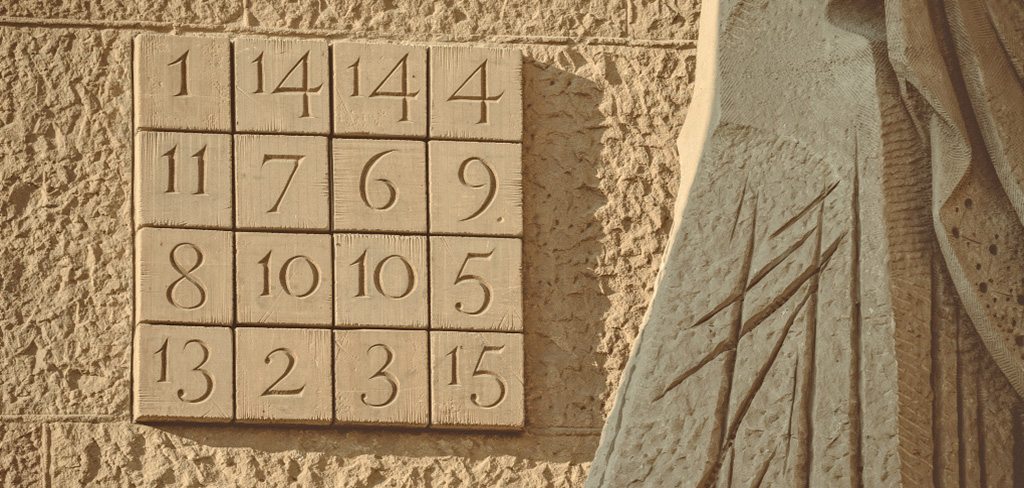
The Sagrada Familia’s first architect
Today, Gaudí and the Sagrada Familia are inseparable. But not everyone knows that the basilica wasn’t initially designed by the famed architect from Reus.
The original project belonged to Francisco de Villar, who envisioned a modest neo-Gothic church in line with the styles of the era.
After he stepped down, a then little-known 31-year-old Antoni Gaudí took over—and transformed it into the masterpiece we know today.
Gaudí’s tomb
Gaudí’s bond with the Sagrada Familia was profound. He dedicated 43 years of his life to it, twelve of them exclusively.
When he died, struck by a streetcar at age 74, the city of Barcelona honored his legacy by placing his remains in the Chapel of Our Lady of Mount Carmel, inside the basilica itself—where he rests to this day.
A bookseller’s dream
The Sagrada Familia didn’t begin as the brainchild of a bishop or the Barcelona city council. It was Josep María Bocabella, a local bookseller, who returned from a pilgrimage to Rome with a dream of building a church.
Founder of the Spiritual Association of Devotees of Saint Joseph, Bocabella spent over a decade searching for the perfect site to bring his vision to life—a dream that became this modernist masterpiece.
2026: A date full of symbolism
The construction works of the Sagrada Família have progressed at a fast pace in recent years. The original goal? To complete the construction of the basilica in 2026.
This was meant to be a very joyful date to show the finished church to the world: 2026 coincides with the centenary of Antoni Gaudí’s death, and there was a shared desire throughout society to place the final stone of the Sagrada Família that same year.
Unfortunately, COVID-19 and financial difficulties will prevent the full realization of this dream. While 2026 was initially announced as the completion date for the works, the Construction Board now points to 2036 to “complete the constructive part, the verticality.”
What will be inaugurated in 2026, if all goes well, is the Tower of Jesus Christ — the central tower of the temple. In fact, throughout the entire year there will be events and celebrations marking the centenary of Antoni Gaudí’s death.
Skip the Lines at the Sagrada Familia
Get your Sagrada Familia tickets in advance and skip the endless lines at the entrance.
The facade reflects the passage of time
One of the most fascinating parts of visiting the Sagrada Familia is walking around it, admiring each facade. Even without an architectural background, you’ll notice different shades and tones across the surfaces.
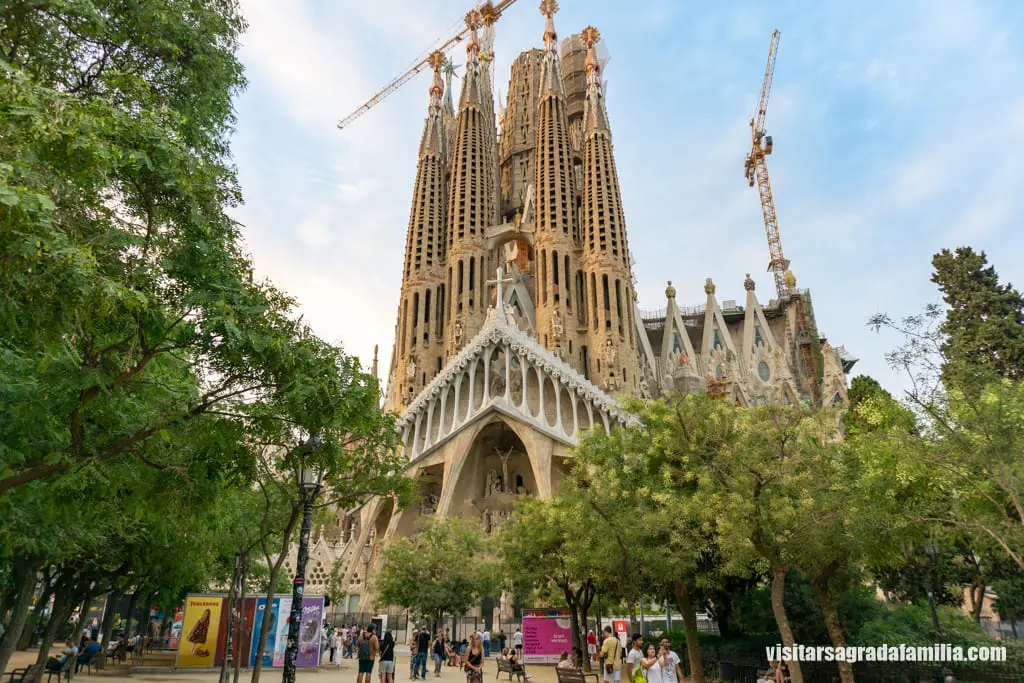
This was Gaudí’s intention—to ensure the basilica stood as a testament to the passage of time. He insisted that each facade be built independently, reflecting the artistic style of its era.
These are just some of the most fascinating facts about the Sagrada Familia—a temple that has become Barcelona’s most iconic tourist attraction.
